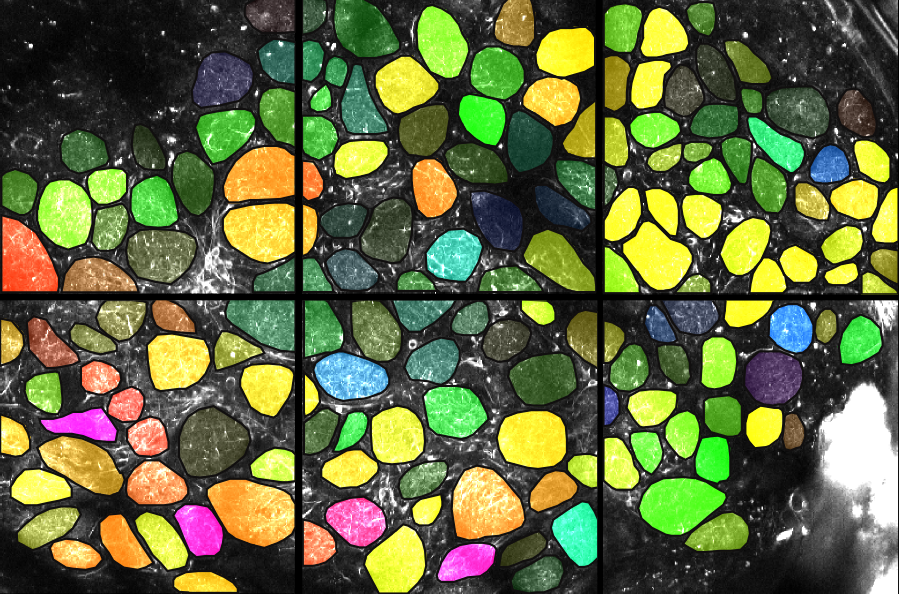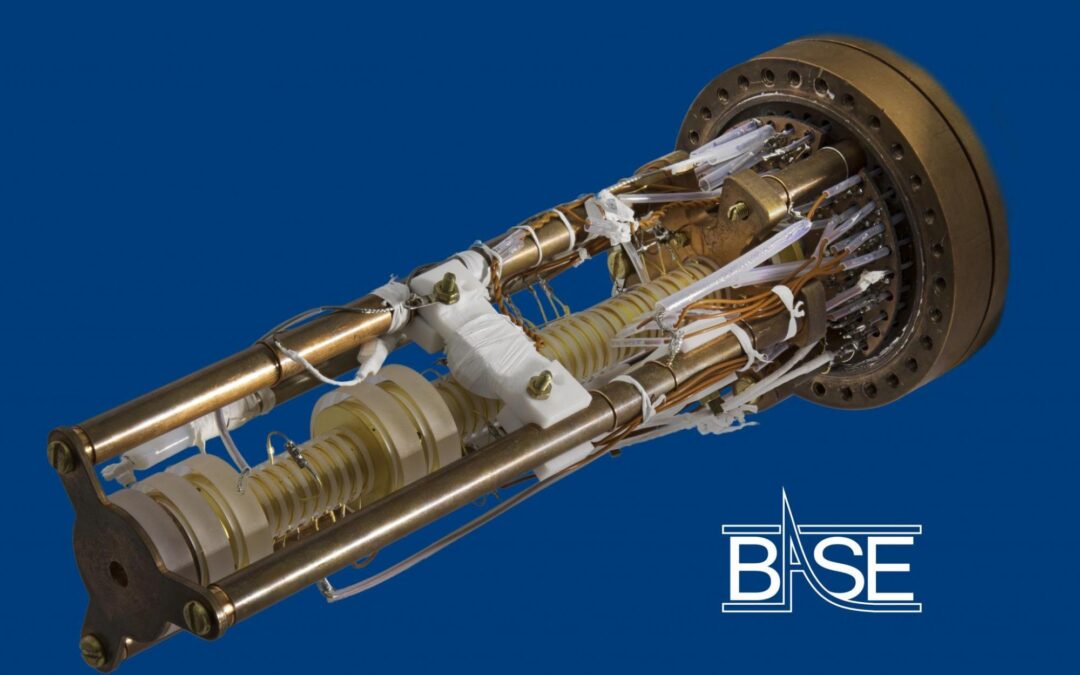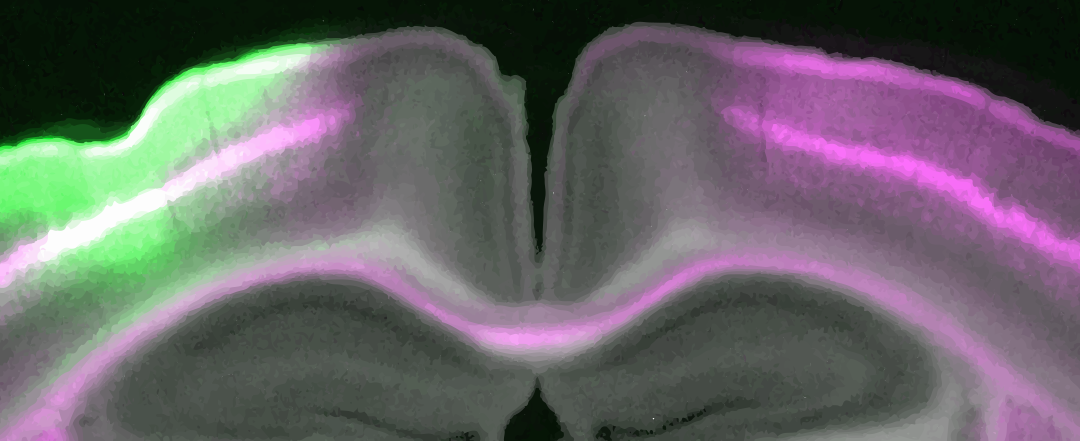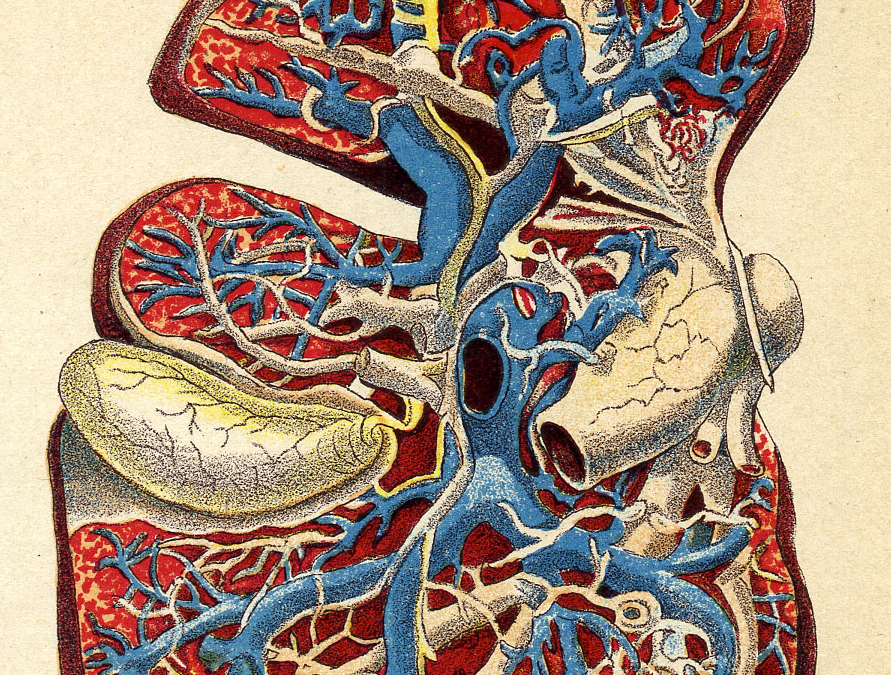
Leaky plants bad for drought resistance
The KAI2 receptor for compounds found in smoke helps plants retain water and survive during drought.

The KAI2 receptor for compounds found in smoke helps plants retain water and survive during drought.

Two parallel temperature-responsive mechanisms ensure that circadian rhythms are not skewed by changes in temperature

The stars align. That’s what you say, when things work out perfectly. In the case of an eclipse, of course, it’s not stars that align but rather the moon and sun.

Rhythmic sniffing boosts phase-coded neuronal signals in the mouse olfactory bulb that allow odors to be identified.

Researchers have found a small connecting protein that can help make quantum dot-based probes for biomedical imaging.

Using a sophisticated setup, scientists have made the most precise measurement to date of the proton magnetic moment.

Using a novel two-particle measurement method, scientists have measured the magnetic moment of the antiproton at a precision 350 times higher than any previous measurement.

A hexagonal lattice organizes major cell types in the cerebral cortex, with similar cells synchronizing their activity in microcolumns.

A collaborative effort used data from NASA’s Juno spacecraft to explain the transient auroras found on Jupiter.

A sugar (fucose) analog can prevent liver cancer (hepatoma) from invading healthy liver cells.